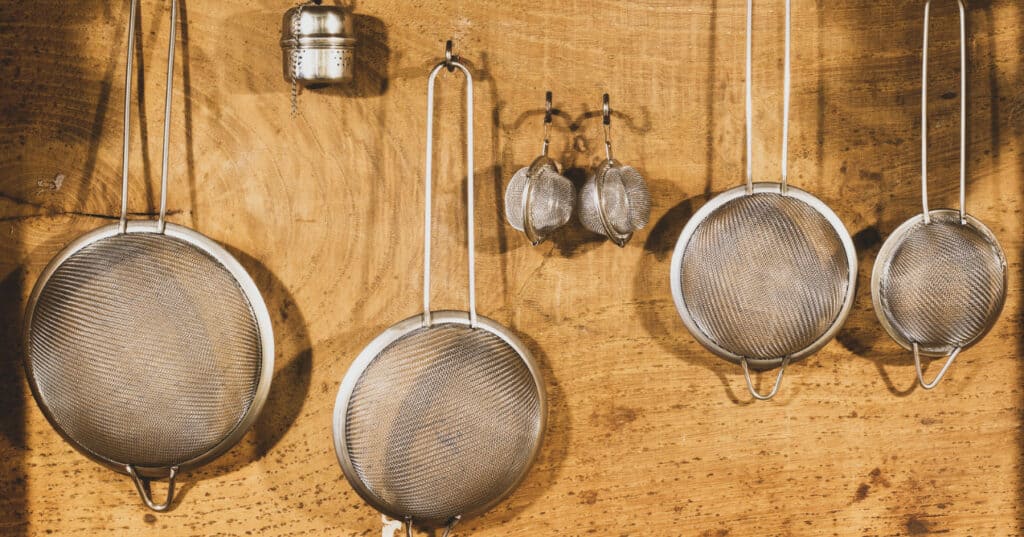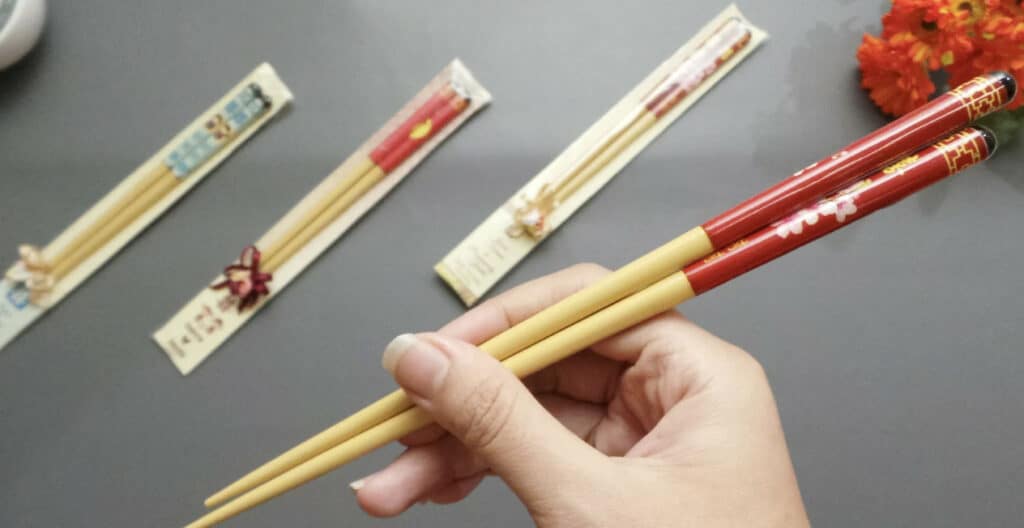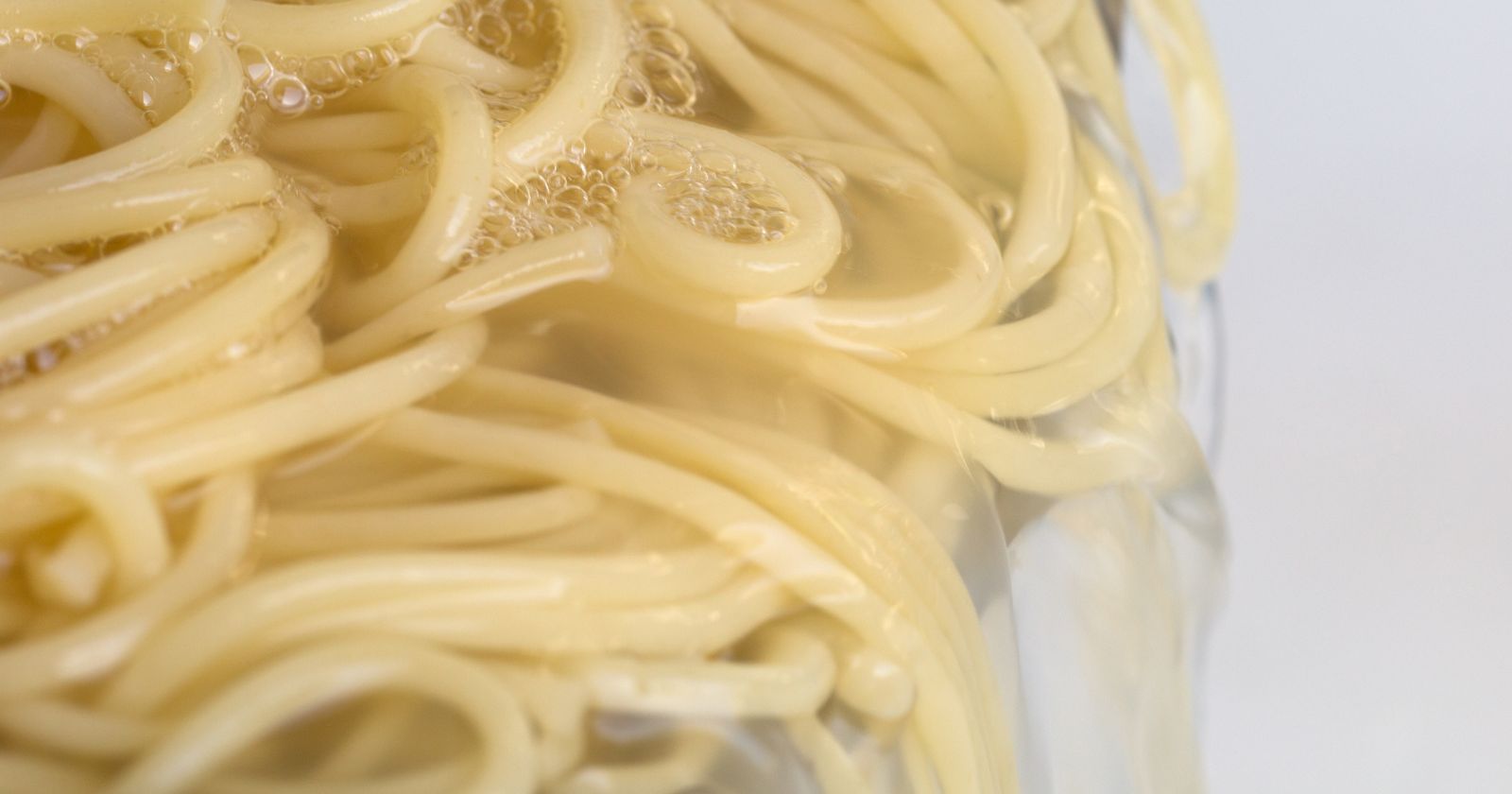Ramen noodles are beloved for their convenience, affordability, and delicious flavor. But slurping those springy noodles swimming in broth can dilute the flavor and lead to a disappointing soup. So should you take the time to strain your noodles after cooking for a better bowl of ramen?
The answer is yes – straining your noodles is a must! Properly straining removes excess starch and water, preventing dilution of the broth. It also allows you to rinse away some of the sodium for a healthier soup. Most importantly, straining gives you complete control over the final noodle texture, so you can achieve the perfect springy, chewy bite.
Straining does take a few extra seconds, but the difference in flavor and texture is worth that small effort. From the ideal straining technique to mistakes to avoid, here’s everything you need to know to take your ramen noodles from soggy and bland to perfectly bouncy and full of flavor.
The rest of the article covers more details on…
Why Should You Strain Ramen Noodles?
Straining ramen noodles provides several benefits:
Prevent Dilution
Straining removes excess cooking liquid so your broth doesn’t get watered down. This concentrates the flavor for a more intense taste.
Improve Texture
Straining gives you greater control over noodle texture. You can achieve the perfect springy, chewy consistency.
Reduce Sodium
Straining rinses away some of the sodium from the seasoning packet. This makes ramen a bit healthier.
Allow Customization
Removing the noodles from broth lets you season and mix everything together your way. Customize without overcooking the noodles.
Overall, straining gives you better control over the final ramen texture and flavor. Follow these easy steps for perfect noodles every time.
How to Properly Strain Ramen Noodles
Straining ramen noodles takes just a few simple steps:
1. Cook the Noodles
Cook noodles per package instructions until tender but still slightly firm. Avoid overcooking.
2. Drain and Shake
Drain noodles into a mesh strainer or colander. Gently shake to remove excess liquid.
3. (Optional) Rinse
For less starch, quickly rinse noodles under cold water while shaking strainer.
4. Reseason and Serve
Return noodles to pot and mix in seasoning packet and desired extras. Enjoy your perfectly cooked ramen!
And that’s it! Just cook, drain, and season to your liking. Avoid rinsing if you prefer an authentic starchy noodle texture.
Now let’s look at some common mistakes to avoid when straining ramen.
Ramen Straining Mistakes to Avoid
Straining ramen noodles takes finesse. Steer clear of these common errors:
Overcooking Noodles
Don’t boil noodles past package time. Overcooked noodles turn mushy and unpleasant.
Insufficient Water
Use plenty of water to prevent sticking. Don’t crowd noodles.
Draining Without Shaking
Gently shake the strainer to remove excess liquid. Don’t forget this important step!
Rinsing With Hot Water
Rinse noodles in cold water only. Hot water makes noodles mushy.
Aggressive Rinsing
Go easy when rinsing! Excessive force can damage delicate noodles.
Splattering Broth
Position strainer over empty bowl or sink to catch messy drips. Work carefully.
With the right technique, you’ll have springy, perfectly cooked noodles ready for your favorite toppings and broth. Avoid common mistakes for ideal texture and taste.
Tips for Straining Ramen Noodles
Looking to take your ramen straining skills up a level? Try these tips and tricks:
Use a Fine Mesh Strainer
A fine mesh strainer is best for catching small broken noodle bits. Metal and soft silicone designs work well.
Designate a Ramen Strainer
Keep a designated ramen strainer for easy draining after cooking. Store it near your instant noodles.
Work in Batches
For even straining, work in smaller batches instead of all at once. Don’t overload your strainer.
Let Excess Drip Off
After shaking off liquid, let the strainer hang for 30 seconds so remaining drips fall off before removing noodles.
Don’t Throw Liquid Away
Save strained cooking liquid to thin broth later if desired. Just store it in the fridge.
Add Seasonings To Cooking Liquid
For extra flavor, add garlic, ginger, or other seasonings to the cooking liquid, then strain.
With the right tools and methods, ramen straining becomes quick and easy. These tips will help you achieve perfectly cooked noodles every time.
What is the Best Tool for Straining Ramen?
A variety of handy tools can simplify straining ramen:
Fine Mesh Strainers

Great for catching small bits, a fine mesh strainer is essential for smooth, lump-free broth. Go for stainless steel or soft silicone.
Ramen Basket
Use a basket strainer designed specifically for ramen noodles. These have long handles to protect hands from steam.
Colander

A basic plastic or metal colander works too. Just be sure the holes are small enough to catch broken noodles.
Mesh Spider
Mesh spiders or skimmers allow quick transfer of noodles from pot to bowl using gentle scooping.
Tebo
Tebo is a deep metal strainer with extended handle ideal for ramen noodles. It evenly strains noodles and prevents sticking.
Chopsticks

In a pinch, chopsticks can help transfer noodles to serving bowls after straining. Just work slowly and carefully.
Every ramen lover should own a fine mesh strainer or ramen basket. With the right tool, straining noodles becomes quick and easy.
Ramen Straining Mistakes to Avoid
Avoid these common ramen straining mistakes for the perfect noodle texture:
Overcooking
Don’t boil noodles past package time. Watch them closely and taste test regularly. You want tender but still bouncy noodles.
Insufficient Water
Use plenty of water – at least 6 cups for 2 packets. Crowded pots cause sticking.
Forgetting to Shake
Don’t forget to gently shake the strainer! This removes excess liquid for better flavor concentration.
Hot Water Rinsing
Only rinse noodles in cold water. Hot water makes them mushy.
Aggressive Rinsing
Rinse gently. Excess force causes breakage. Go easy on those delicate noodles!
Splatter
Position strainer over a bowl or sink. Catch messy drips instead of making a splattery mess.
With the right straining technique, you’ll achieve springy ramen perfection every time. Avoid common mistakes for noodles with the ideal texture.
Adding Flavor Through Straining
Think outside the packet with these ideas for straining in extra flavor:
Infuse the Cooking Liquid
Simmer garlic, ginger, herbs, or spices in the cooking water. Their flavor will infuse the noodles.
Strain Out Aromatics
Later, strain out solids to prevent overpowering broth but retain infused flavor.
Splash of Vinegar
Add a splash of rice vinegar or lemon juice to the boiling water for a subtle zing.
Swap Broths
Cook noodles in vegetable, chicken, or beef broth instead of plain water. Strain to infuse flavor.
Oil and Seasonings
Toss strained noodles in a little sesame oil and favorite dry spices like garlic powder or onion powder.
Sauce Dunk
After straining, dunk noodles in tangy Tsuyu dipping sauce. Delicious!
With clever use of ingredients and liquids, straining unlocks new dimensions of flavor. Elevate your ramen with these tasty ideas.
Alternative Ramen Straining Methods
Tired of standard straining? Try these creative alternatives:
Broth Seasoning
Simmer whole spices and aromatics in broth, then strain out before adding noodles.
Veggie Stir-Fry
Instead of soup, strain and mix noodles with stir-fried vegetables and protein.
Cold Salad
Drain and chill noodles, then toss with diced veggies, protein, and zesty dressing.
Line Baking Sheet
Spread strained noodles on a baking sheet to quickly cool and dry before adding to soup.
Press and Chill
Press just-cooked noodles in a colander under a heavy bowl to remove more liquid. Chill in fridge before using.
With the right technique, ramen possibilities are endless! Ditch the packet and explore inventive ways to strain in extra flavor.
Ramen Straining Troubleshooting
Still struggling with straining your noodles? Here are some fixes:
Mushy noodles: Don’t overcook! Start tasting noodles at minimum cook time.
Sticking noodles: Use more water and constantly stir during cooking.
Slimy, sticky noodles: Rinse gently under cold water after straining to remove excess starch.
Chalky texture: Make sure to shake off all water after rinsing. Don’t let noodles sit in rinse water.
Flimsy noodles: Handle gently and avoid aggressive shaking or rinsing to prevent breakage.
Watery broth: Strain noodles well and don’t add cooking liquid back until after seasoning.
With the right straining technique, you’ll be slurping perfectly cooked noodles in no time. Follow these tips and enjoy better bowls of ramen.
Is Strain Ramen Noodles Like Strain Pasta?
There are some similarities between straining ramen noodles and pasta, but there are also a few key differences to keep in mind:
Similarities:
- Both ramen noodles and pasta need to be strained after cooking to remove excess water and starch. Straining helps concentrate flavor.
- For both, a colander or mesh strainer is used to drain off liquid after cooking.
- Avoiding overcooking is crucial to maintain proper texture for ramen and pasta. Overcooked noodles turn mushy.
- Gently shaking the strainer helps remove more excess moisture from both pastas and ramen noodles.
Differences:
- Ramen noodles are typically rinsed with cold water after straining to stop the cooking process. This isn’t common with pasta.
- Pasta is usually stirred while cooking to prevent sticking. Ramen noodles shouldn’t be stirred as it can cause breakage.
- Ramen noodles are cooked in flavorful broth. The straining process helps concentrate the broth. Pasta is cooked in plain water which gets discarded after straining.
- The post-straining process also differs. Ramen noodles get added back to flavored broth and served immediately. Pasta can be tossed in sauce, baked dishes, etc.
- Ramen noodles are delicate and require gentle shaking when straining. Heartier pastas can withstand more vigorous straining.
The Takeaway on Straining Ramen
Straining ramen noodles is a must for the ideal slurpy texture and concentrated broth flavor. Invest in a good strainer, master proper technique, and don’t be afraid to get creative.
Avoid common mistakes like overcooking, insufficient water, and careless rinsing for the best results. For next-level ramen, infuse extra flavor right in the straining process.
With the right know-how, straining ramen noodles takes your bowls from bland and boring to truly crave-worthy. Now get straining!





